How has covid-19 impacted women differently to men?
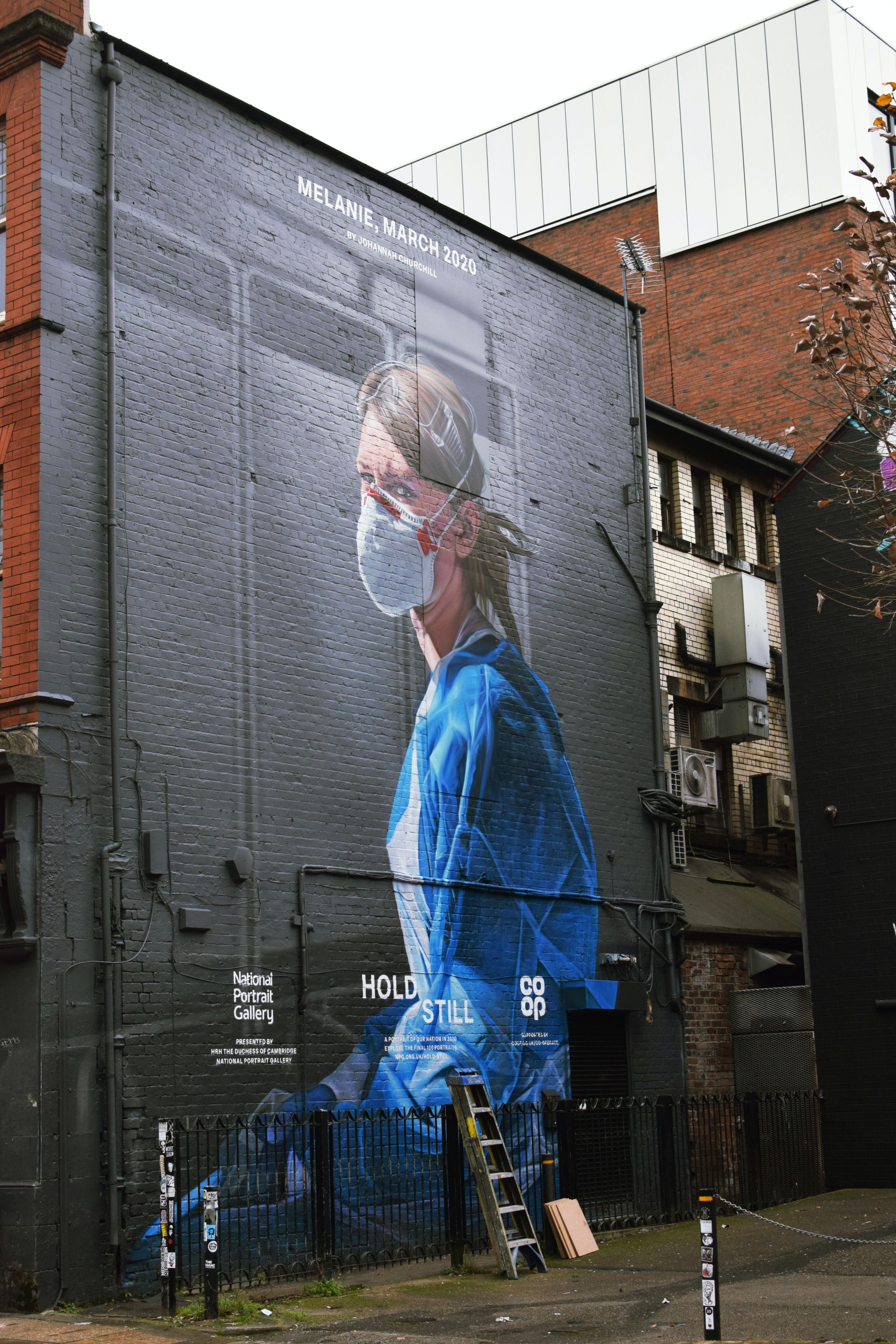
On 30 March, we, MPs on the Women and Equalities Select Committee, launched an investigation into how covid-19 was affecting people with protected characteristics.
After we received 500 pieces of written evidence we concluded that to understand the issues we needed to split our research into three key areas.
One of those key areas was the differing impact on people based on gender.
In this research, we wanted to understand how the economic impact of coronavirus has impacted men and women differently; for example, because of existing gendered economic inequalities or the over-representation of women in certain types of work, and also because of actions the Government has taken.
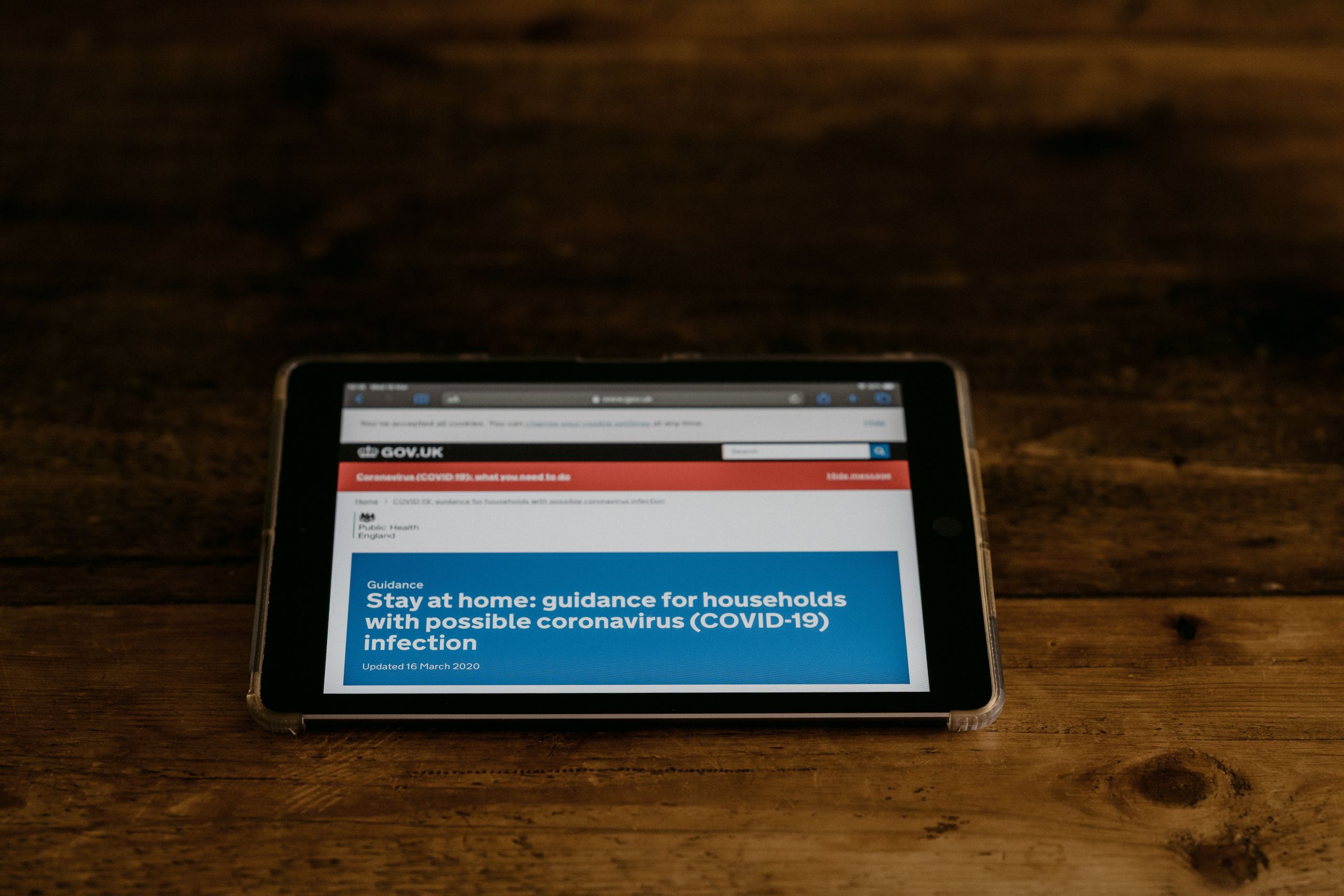
How did the pandemic impact employment for women?
The pandemic has caused many changes in the labour market for women impacting job opportunities, employment rates and quality of work space.
Precarious employment
The pandemic created an unprecedented shock to the labour market forcing the Government to respond quickly. One key policy which aimed to support the labour market was the Coronavirus Job Retention or 'furlough' scheme. It allowed employers to furlough workers for a minimum of three weeks, with the Government contributing 80% of employees’ salaries.
However critics of the scheme demonstrated that it did not give employers a financial incentive to retain workers part-time. Women, particularly BAME women, are disproportionately employed in less secure, low quality work arrangements.
The Institute Fiscal Studies estimated that women were also a third more likely to be employed in sectors that were “shut down” over the first national lockdown, and therefore particularly at risk of losing their jobs.
Quality work space
The pandemic has caused great disruption to care responsibilities. With women more likely to take on caring responsibilities the impact of schools and nursery closures was experienced more by women.
The gender gap in total childcare time increased over the pandemic; women increased the number of hours devoted to care by more than men, putting an additional burden on working mothers.
Institute Fiscal Studies research found that mothers found it harder to work productively from home during the pandemic.
The Government should...
Ensure schemes to support employees and the self-employed are informed by an Equality Impact Assessment.
We believe this approach would better protect those already at disadvantage in the labour market, including women, and could inform more effective responses to future crises.

How did the Pandemic effect benefits and social security?
Pre-pandemic research showed that women were more likely than men to claim benefits at some point in their lives.
The pandemic has caused a large increase in the number of people claiming benefits. There was a 90% increase in the number of people on Universal Credit between 12 March and 8 October.
Over 700,00 people who applied for Universal Credit during the first month of lockdown remain on the system.
Problems with Universal Credit for women including financial abuse due to single household payment and the five week wait for a first payment have been highlighted by critics prior to the pandemic. However with the significant increase in people, especially women, newly applying for benefits and social security these problems have only been extended.
The Government should...
Urgently conduct or commission research to develop its understanding of the gendered impact of Universal Credit design, including:
- the wait for the first payment
- the single household payment structure
- joint eligibility assessment
- the single earnings disregard.

How did the pandemic impact young people?
Young people have been hit especially hard by the economic turmoil caused by the pandemic. The fall in employment has been greatest amongst those aged 16–24 years old, reaching a record low in August-October 2020.
The Institute of Fiscal Studies research found that young workers were two and a half times as likely to work in a shut-down sector. The number of young people claiming unemployment related benefits increased by 122% between March and July.
In written evidence, the Young Women’s Trust identified a number of concerns for young women that demonstrate the specific impacts of the pandemic on them, including:
- struggling financially before and during the crisis
- taking on additional debt
- being more likely to be on zero-hour contracts and in insecure work
- inconsistent implementation by employers of the furlough scheme
- the unaffordability of childcare, and closure of childcare provision.
The Government should...
Mainstream equality into the design of apprenticeships and work-based learning and actively challenge occupational segregation by gender.
Publish a gender equality plan for its apprenticeship programme and an action plan to increase the number of women in STEM apprenticeships.
Introduce training for Jobcentre Plus work coaches on supporting applicants into gender ‘atypical’ jobs.
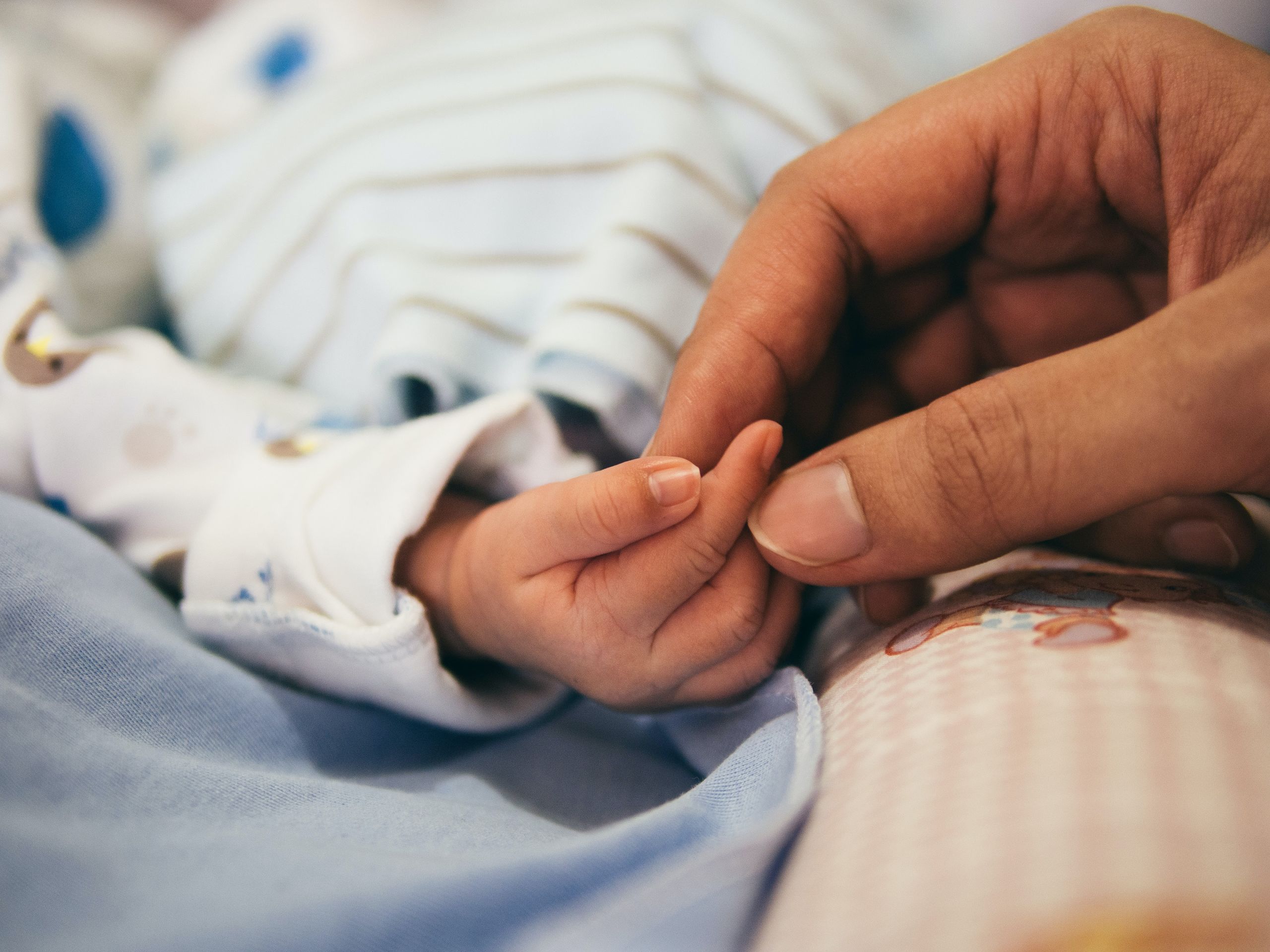
How has the pandemic impacted maternity and pregnancy?
A survey of 19,950 mothers and pregnant women undertaken by Pregnant then Screwed in July 2020 confirmed the high levels of anxiety amongst pregnant women and mothers about redundancy.
15% of mothers had been made redundant or expected to be in the next six months; 10.5% of pregnant women, and 11.2% of those on maternity leave, were in the same position. A significant proportion of those made redundant thought their pregnancy, maternity leave or motherhood was a factor.
The Equality and Human Rights Commission told us about instances of pregnancy and maternity discrimination as one of the “most urgent, immediate threats to equality” during the pandemic. They were particularly concerned about evidence of employed pregnant women or those on maternity leave being:
- forced to take unpaid leave
- forced to start maternity leave early
- being placed on sick leave, rather than furloughed
- refused furlough because they have childcare responsibilities and are not deemed to be working (in contrast to male colleagues with children).
Working Families told us that pregnant women had been incorrectly placed on sick leave as a result of the Government’s “initial confusing messaging”, which originally implied that all pregnant women would be required to shield for 12 weeks.
The Government should...
Introduce urgent legislation to extend redundancy protection to pregnant women and new mothers.
They must also publish a cross-departmental strategy for dealing with pregnancy and maternity discrimination.

How has the pandemic impacted childcare?
On 18 March 2020, the Education Secretary, Gavin Williamson, announced the closure of schools and early years providers, excluding children of keyworkers and vulnerable children, where possible.
However there was no mention of childcare in either the Summer Economic Statement or the Winter Economy Plan. This was astonishing given the vital importance of childcare provision for women’s participation in paid work, and the precarious position of the childcare sector.
Dr Costa Dias told us that having a proper policy on how to build up more care and more affordable care for parents is crucial to allowing women to work in a more uninterrupted way through a longer period of their working lives.
We were also told despite the continuation of public entitlement funding, financial support for the childcare sector has been insufficient.
It is estimated that a quarter of private nurseries might have been operating at a significant deficit which could jeopardise their ability or desire to stay in the market.
The Government should...
Publish an early years strategy which sets out how childcare provision can best support not only working parents, but also those who are job-seeking and re-training.
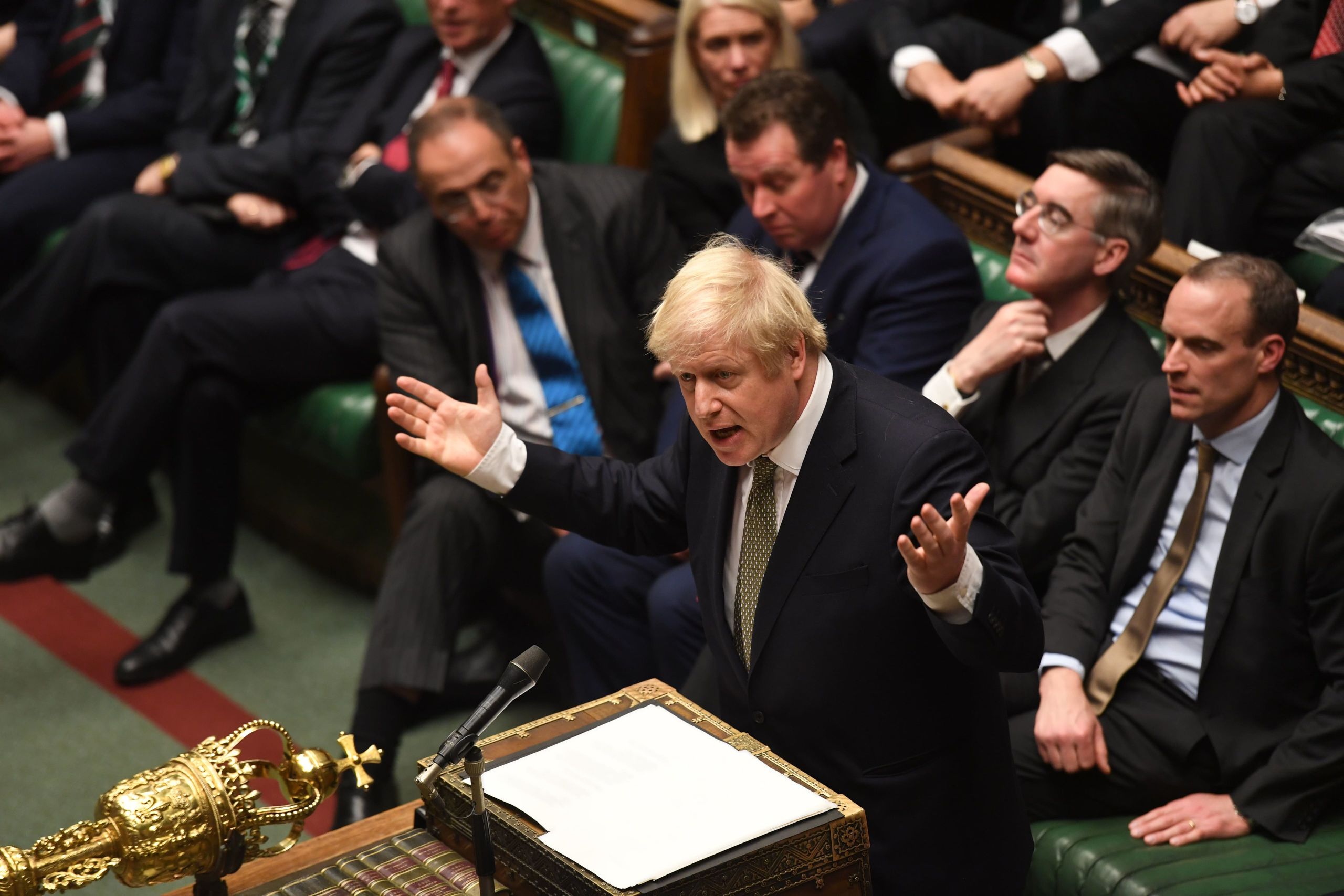
The Government must now respond to our report
Our report, 'Unequal impact? Coronavirus and the gendered economic impact' was published on 9th February 2021 and the Government has two months to respond to our recommendations.
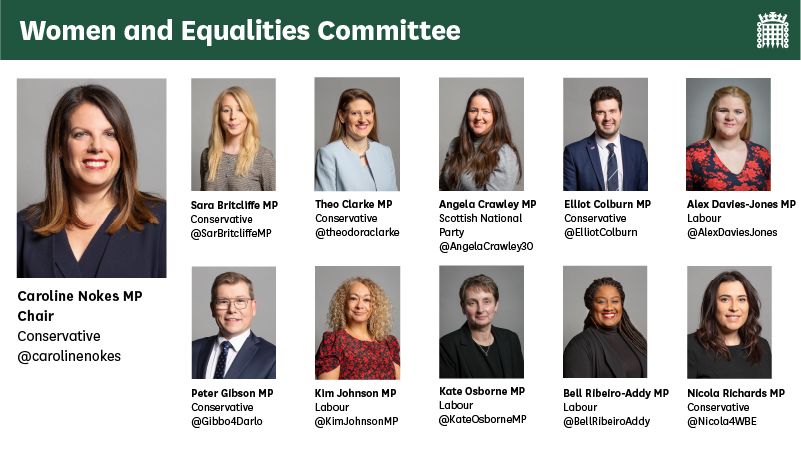
Detailed information from our inquiry can be found on our website.
If you’re interested in our work, you can find out more on the House of Commons Women and Equalities Committee website. You can also follow our work on Twitter.
The Women and Equalities Committee examines the work of the Government Equalities Office (GEO). It holds Government to account on equality law and policy, including the Equality Act 2010 and cross Government activity on equalities. It also scrutinises the Equality and Human Rights Commission.
Title Image source: Unsplash.com, Matthew Waring
